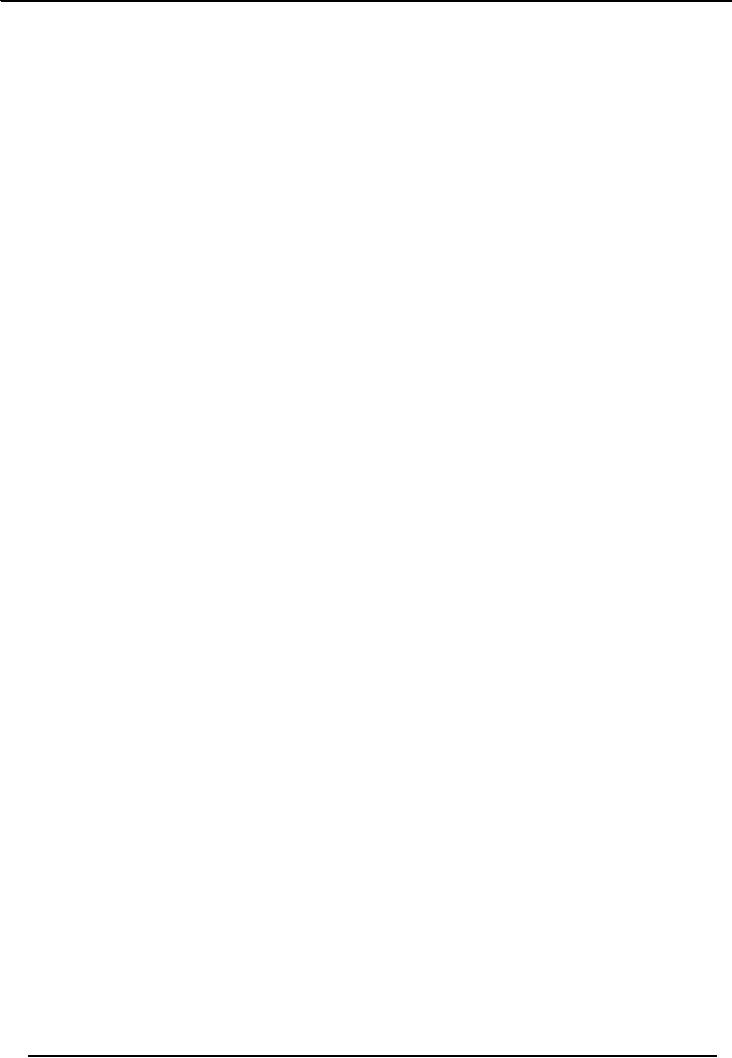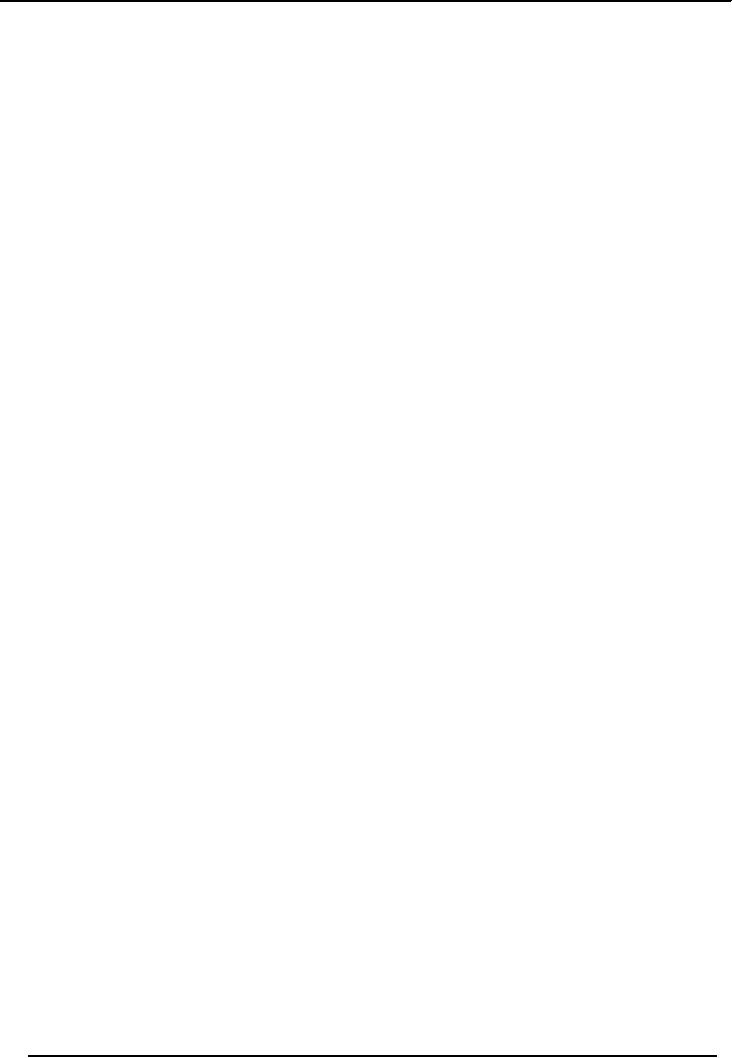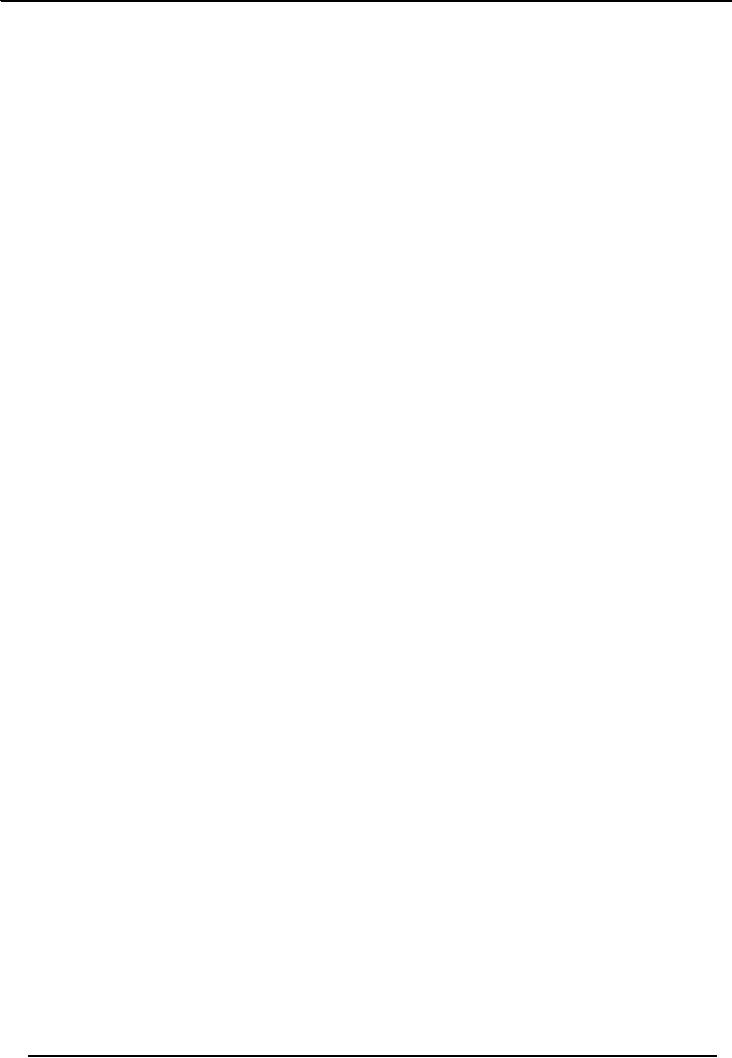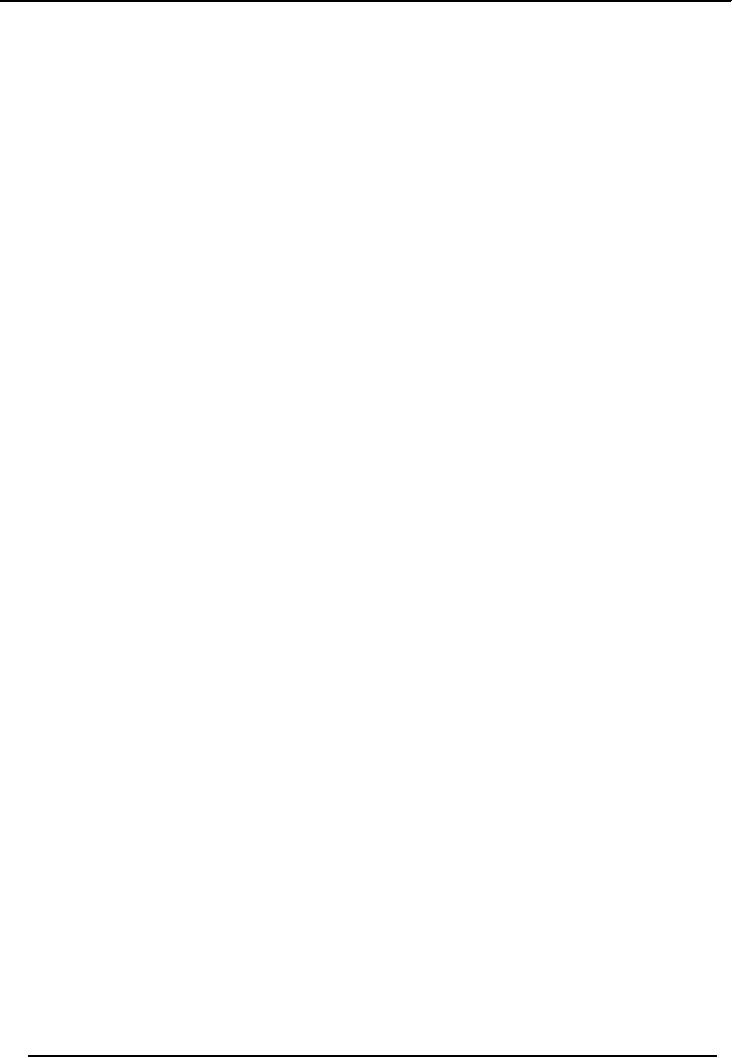 |

Feature
and Column Writing MCM 514
VU
LESSON
14
MAGAZINE
FEATURE VERSUS
DAILIES
Feature
versus Column, News and
Editorial
Feature
versus Column
A
feature is a dramatized description of the
basic facts of news in
interesting manner; whereas a column
is
that
form and shape of writing,
which is allotted a special place in the paper
under a permanent title.
Both
feature
and column draw their
material and data from the
news-stories, which in turn
originate in the
society.
Column
is rather a relatively personalized form
of journalism reminiscent of past
traditions and practices
in
the sub-continent, whereas a feature is
an informal type of writing in
which any subject can
be
attempted
to make it an interesting description of a
story. A feature is rather a long
description ranging
from
1000 to 3000 words, whereas a
column is rather a limited
form of humorous writing.
A
Column aims to laugh off a
serious matter in light vein. It
may contain the germs of
criticism, sarcasm,
humour
or similar elements; whereas a feature
may be written on any subject
under the sun and on the
earth,
in informative, instructive, guiding,
educative and in entertaining form in
simple language and with
dramatized
elements. A feature may
consist of more than one headline,
highlight and with abundant
pictorial
material, whereas a column is a personal
type of composition with no
scope of pictorial
supplement
and material besides of headline and
highlight.
As
to style and form of composition, a
feature is narrative with
dramatic elements with
positive objective
to
inform, educate, instruct and
guide the masses in light and
attractive style. On the other hand, a
column
usually
projects a personal touch, and is a direct
address to the reader, creating an
informed, friendly and
gossiping
type of atmosphere.
A
feature is a pre-planned venture
requiring elaborate studies, preparation,
collection of relevant data
and
material
from different sources as an
interview, books periodical, magazines
reference books and various
other
sources. A column does not
need any pre-planned
studies, interviews and collection of
facts.
A
feature is usually related to
recent issues, happenings and episodes,
whereas a column takes
the
universal
moral, scientific end technical
principles of happenings in the universe. A
feature revolves
around
a stylish composition with the
sole and definite objective to
absorb the attention of the
readers
immediately,
by creating suspense with the
assistance of dramatic elements.
A
feature is invariably written in
narrative style of writing,
with proper parts and
paragraphs. Contrarily a
column
is light writings, and frequently
are drab, cold, logical and
deductive style of writings.
Besides
column
has more than one
style.
Feature
versus News:
News
is an event or happening about
which people are most
interested and anxious to know the
details,
and
a journalist likes to tell;
whereas a feature is a spontaneous
type of composition, developing on
a
news-story
of deep human interest with dramatic and
narrative elements addressed
direct to the readers in
an
alluring and attention-absorbing
manner.
News
consists of bare and hard
facts and presented similarly
without any kind of addition
or alteration. A
feature
is an objective type of writing, sharing
common pains, sufferings in national
affairs to be
presented
to the readers and the government
The
features are universal, comprehensive,
and all-enveloping type of
writing based on hard facts
of life;
whereas
news is gauged according to different
scales of territorial, geographical and
human interests. A
feature
does not necessarily make
any difference or distinction between a
caste, colour, or race or
class of
people.
News is value-oriented writing to a
particular territory, or geographically
limited and
comprehensiveness.
Whereas a feature is of a universal
value regarding of any kind
of distinction or
difference,
and appeals to the whole
humanity equally and simultaneously. It
has its psychological
roots
in
humanity. News may comprise
elements of mobility, riots
and disturbances, massacre,
killings and
other
forms of extremism. Human society has a
variety of colourful activities,
different aspects,
angles,
reactions,
which give rise to attraction and
interest for the human beings.
59

Feature
and Column Writing MCM 514
VU
Features
are composed in view of the social
inter-actions. News has a
temporary existence, and is
not
durable
from its very nature and structure, and
its values are always subject to
changes and
alterations.
Features
are somewhat of permanent value basing
their material and data on
the facts relating to the
different
aspects, angles and during human
interest. Hence the interest attraction of a feature
cannot
possibly
be limited to any geographical
areas. Features are
preserved for future
references. There is a
wide
difference in the objectivity of the news
and a feature. The scope and the
objectivity of the news is
limited;
whereas a feature is comprehensive and
universal from its
objectivity point of view, and
its
effects
are not immediate and emergency
type as in the case of news,
but are permanent. A feature
writer
enjoys
a greater freedom in his writing, in
his approach to write a feature. In the
feature, personal feelings
and
passions can be included to
make it a direct address or
sermon to the readers. On the other hand
a
report
has to depend on the bare facts of the
news, in his writing and approach and
cannot possibly add
his
likes and dislikes, and adopts the
strict policy of not adding
anything personal or impersonal.
Feature
versus Editorial:
Editorials
are collectively the name
for those articles,
published and given under
the editorial page,
which
may
consist of a leading article and
other small articles.
Editorials
are usually written on
serious matters of national and
international significance, besides
current
affairs.
As such editorial articles are
basically related to the national and
international topics of grave and
serene
nature and scope. Contrarily
features are related to
expository and explanatory
affairs of light
nature
and essentially related to the social
order and structure, and are
generally limited to the
national
basis.
Their scope and range relate to the
social problem of the country or a
nation.
The
readership of the editorial is very
limited one as being serious and
drab prose, its objectives
are to
instruct
and educate the readers. The
readers of the feature are
numerous as their nature scope
and range
and
even the structure are based direct
with relation to the general interest of the
people, their social
order,
structure
and problems. The feature
readers are countless who
are deeply interested in perusing
the
serious
essays of feature composition,
which are durable, effective
and unique in nature and deeply
embedded
in the psychology of the human beings. As for as the
nature and structure is concerned,
feature
are
light socially-based articles, narrated in an
attractive manner with
profusion of dramatic elements;
whereas
the editorials are based on
good deal of research and
investigation and its sources of
information
and
facts and figures are
derived and deduced on national and
international scale.
There
is a wide difference between the
objective of the editorial
and the feature. A feature
may appeal
rather
adopt the mode of preaching or
delivering moral messages;
whereas an editorial is a
problematic,
academic
and investigational writings or articles,
weaves in a cold and logical
style of description. A
feature
aims at projecting the social problems,
ailments and diseases, diagnosing the
underlying causes
and
even suggesting the possible remedies and measures to
tackle with them. Features
take into
consideration
the various customs, traditions and
conventions with regard to their merits
and demerits,
moral
lessons, teachings, guidance instructions,
serving the post-mortem of the prevailing
social evils etc.
An
editorial is an amalgam of superb
material and data of current
affairs, conveying the
serenity,
seriousness
logically arranged matter in cold and
logical manner.
As
to the types and forms, editorials
are generally informational,
deductive and entertaining articles
which
are
less attractive to the readers,
Whereas features can be arranged in
numerous forms and types as
commemorative
features, experimental or research features,
personality, based on travelogue
and
countless
other general features. There is a world
of difference as to the style and
language of description.
An
editorial requires a high academic and
literary style and language
due to its very nature,
whereas a
feature
is composed in commonly understood and
intelligible style and
language; which naturally
attracts
the
largest a number of readers.
Magazine
temperament versus daily
paper
Certain
differences are there between the
magazine features and the features
written for the Daily.
Almost
the
same is applicable to the `Freelance
writer versus
staffer'.
Mostly,
magazines rely on the freelance writers
besides the staffers of the magazine. No doubt, the
latter
are
more reliable, and can be held
responsible for anything unwanted more
easily than the
former.
However,
once a freelancer loses his
credibility, it is always very
difficult for him to get back on to
the
track.
Secondly, freelancers tend to be less
communicative with the editor as
compared to the staffer
who
60

Feature
and Column Writing MCM 514
VU
has
to stay in touch with him.
He can get his problems
resolved more easily and quickly
than what the
freelancer
does.
An
overview
Writing
features for magazines and
newspapers is quite a different
ball game, and one can
visible
differences
in the treatment of the subjects. If not in
entirety, then features for
these both are different
to
quite
a large extent.
How
people fare in both
areas?
The
writer has to consider before
writing whether he is writing
for a magazine or a daily. It is
primarily
because
of the nature of the write-ups, and the space where he
has to be very
careful.
Which
is considered of more
value?
No
doubt, some hard-hitting
features written for the
dailies make a huge impact;
whereas the
importance
of
magazines cannot be negated considering
the fact that magazine readership is
bit different, as it
wants
subjects
to be treated at length. Some people do
call it `laid back approach' as
well.
What
it entails to be a feature writer
for the magazine?
A
feature writer of the magazine
has to write in detail
covering the subject from all possible
angles.
Moreover,
he has also to talk to a number of
people, both experts and ordinary
ones. Ultimately, it
comes
out
to be a long piece of writing, which is
also occasionally divided in to short
pieces, which added
to
beauty
of the display and enhance the
readability.
Deadlines
Steep
deadlines for the
dailies
A
journalist has to write
mostly against steep deadlines while
writing for dailies, whereas
it is not a case
with
the magazines as such. However,
both case scenarios could be
reversed, which is as such a
rarity.
Nevertheless,
a steep deadline is not a
case for the magazine features, as
their deadline varies from
hours
to
days and weeks. Hence the feature
writer for the magazine is
comparatively as ease, and
can work
really
well on his subjects. That
is why, the magazine features
are comprehensive and detailed
ones.
Spaces
One
finds shrinking spaces of the
dailies, which are due to
numerous reasons, like that
of the
advertisements
and lots of news items. Hence
when the dailies have fewer
spaces, this adds to
the
possibility
of less number of words, which is not the
case with magazines.
That
is why; features in dailies
are always marred by short of space,
which is why magazines
become
more
important.
Sometimes,
for magazines, the writers
are given a chance to come
up with as many words as they
like.
However,
mostly, the word limit is
specified.
Room
to play
Journalists
feel more comfortable, while
writing for magazine,
primarily because of the allowed
word
limit,
more space and long deadlines. Secondly,
they have more room to play
with ideas, words and
space
besides
being more time at their
expense.
Thirdly,
limited words are written
for dailies, which are in
minimum possible time, whereas
one can write
at
length for magazines.
Long
life versus short
Dailies
have short shelf life in comparison to
magazines, whereas magazines have
longer shelf life.
Dailies
are once seen or read by the
readers, and then put
aside by them. Secondly, the magazine
features
also
become part of history, as
people keep them in their book
rags. Hence one can say the
Dailies enjoy
less
weight age in comparison to magazines,
when feature writing
comes.
61

Feature
and Column Writing MCM 514
VU
Word
limit
As
said earlier, features in
magazines are given
comparatively bigger space
and room, whereas there is
a
less
of margin in Dailies.
Playing
with the idea
Practicing
feature writing means that
considering all ideas, and
these all ideas can be
put at one place
when
it comes to magazine writing.
However, this is not truly
done for Dailies, where one
idea is picked
up
and tackled from one angle so
that it could be accommodated in a
limited space.
From
all possible
angles
For
magazines, the Discussion on the subject is from
all possible angles, which is
not usually done for
the
Dailies,
as the feature writer is sticking to
one point and presenting it,
while never digressing from the
line
given
to the writer by the editors. However, a
bit of a digression for magazine
features is a possibility.
Display
of the feature
Magazines
give huge display to features, whereas
the Dailies, which are
always running short of space,
do
not
have this liberty. Secondly, the
pictorial aspect of magazines make them
more interesting for the
readers,
which is also primarily
because of the changed circumstances
where the readers do not have
much
time to read long pieces
placed without any break in the
text.
Giving
what reader wants
Readers
look for more and more information
though they might be running
against time. Their
satisfaction
lies in the having the required
material with them, even they do
not have time to read
them
fully.
Only a magazine provides
such an information and satisfaction to
the readers.
Dailies
do the same, but at the limited
level and in different shades
that is, coming up with
follow-ups and
discovering
news angles of the subject.
62
Table of Contents:
- IMPORTANCE OF LANGUAGE:Feature writing, Explanation of the definition
- SOURCES OF MATERIAL:Commemorations, Science and Technology
- INTERNET USAGE IN FEATURE WRITING:Be very careful, Website checklist
- WHAT MAKES A GOOD FEATURE?:Meeting demands of readers
- DEMANDS OF A FEATURE:Entertainment and Interest, Both sides of picture
- CONDUCTING AND WRITING OF INTERVIEWS:Kinds of interviews
- WRITING NOVELTY INTROS:Punch or astonisher intros, Direct quotation intros
- STRUCTURE OF FEATURES:Intro or Lead, Transition, Body
- SELECTION OF PICTURES, ILLUSTRATIONS AND MAPS:Sources
- FEATURES AND EDITORIAL POLICY:Slanting or angling feature
- HUMAN INTEREST AND FEATURE WRITING:Obtaining facts, Knowing how to write
- NEWSPAPER FEATURE STORY:The Business Story, The Medical Story
- THE NEWSPAPER FEATURE STORY IDEA:Conflict, Human interest
- MAGAZINE FEATURE VERSUS DAILIES:Feature versus Editorial, An overview
- WRITING THE SPECIALISED FEATURE STORY:The Deadline Feature Sidebar
- MODERN FEATURE AND ITS TREATMENT:Readers’ constraints
- MODERN FEATURE WRITING TECHNIQUE:The Blundell Technique
- ADVICE TO FEATURE WRITERS:A guide to better writing, Love Writing
- COLUMN WRITING:Definition, Various definitions, Why most powerful?
- COLUMN WRITING IN MODERN AGE:Diversity of thought, Individuality
- ENGLISH AND URDU COLUMNISTS:More of anecdotal, Letting readers know
- TYPES OF COLUMNS:Reporting-in-Depth Columns, Gossip Columns
- OBJECTIVES AND IMPORTANCE OF COLUMNS:Friendly atmosphere, Analysis
- WHAT ARE THE ESSENTIALS AND BASIC POINTS THAT GO IN TO THE FORMING OF A COLUMN?
- STYLE:General and a specialised writing, How can a columnist improve it?
- GENERAL STYLE OF THE COLUMN:Unified Style, Anecdotal Style, Departmental Style
- STRUCTURE OF A COLUMN:Intro or lead, Main body, Conclusion
- COLUMN WRITING TIPS:Write with conviction, Purpose, Content
- SELECTION OF A TOPIC:Close to your heart, Things keeping in Queue
- QUALITIES OF A COLUMN WRITER:Personal, Professional, Highly Educated
- WHAT MUST BE PRACTISED BY A COLUMNIST?:Pleasantness, Fluency
- SOURCES OF MATERIAL OF COLUMNS:Constant factors, Interview
- USEFUL WRITING DEVICES:Be specific, Use Characterisation, Describe scenes
- COMMON WRITING PROBLEMS:Eliminate clichés, Don’t misuse words
- WRITING THE COLUMN:Certain thumb rules, After writing the column
- ARTICLE WRITING:Introduction, Definition, Contents, Main Segments, Main body
- HOW TO WRITE AN ARTICLE?:It is more efficient, It is more believable
- TYPES AND SUBJECTS OF ARTICLE:Interview articles, Utility articles
- FIVE COMMANDMENTS, NO PROFESSIONAL FORGETS:Use Key Words
- ARTICLES WRITING MISTAKES:Plagiarising or 'buying articles, Rambling
- WRITING THE ARTICLE:Various parts of article, The topic sentence
- What to do when you have written the article?:Writing the first draft
- TEN STANDARD ARTICLE FORMATS:The informative articles
- LEGAL AND ETHICAL CONSIDERATIONS FOR WRITERS:Libel, Doctoring Quotes
- REVISION:Importance of language, Feature writing, Sources of material